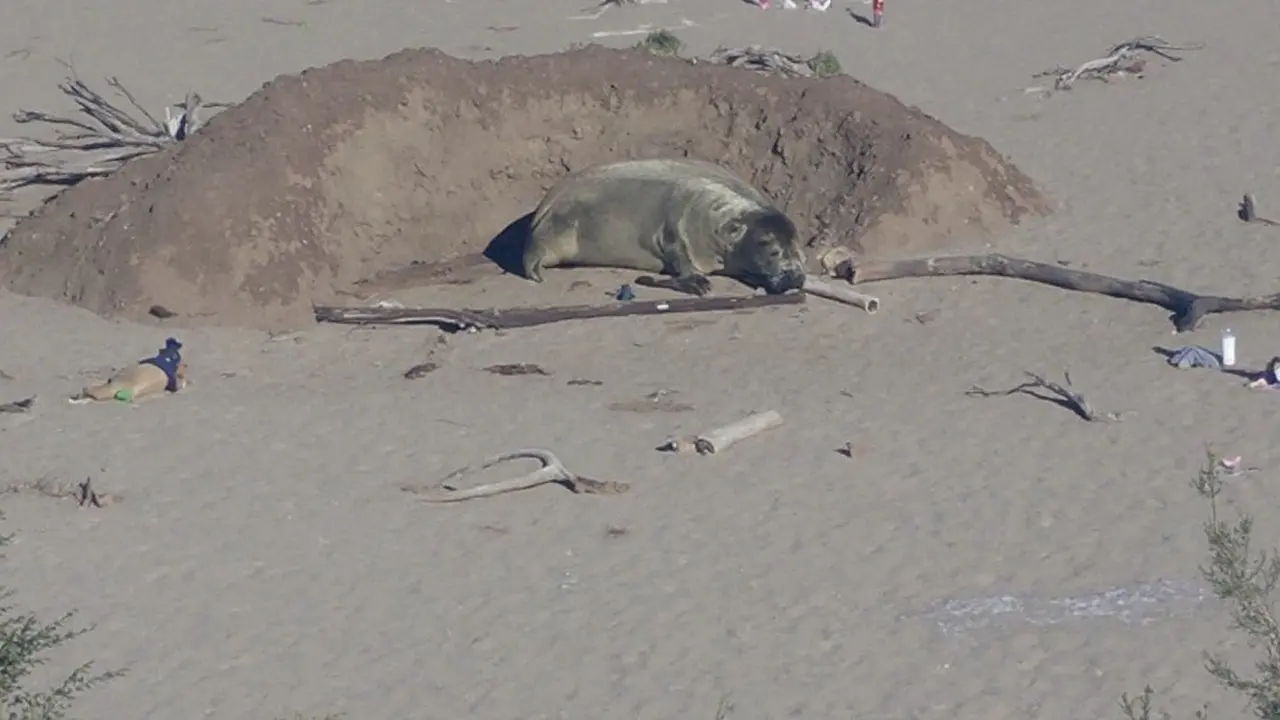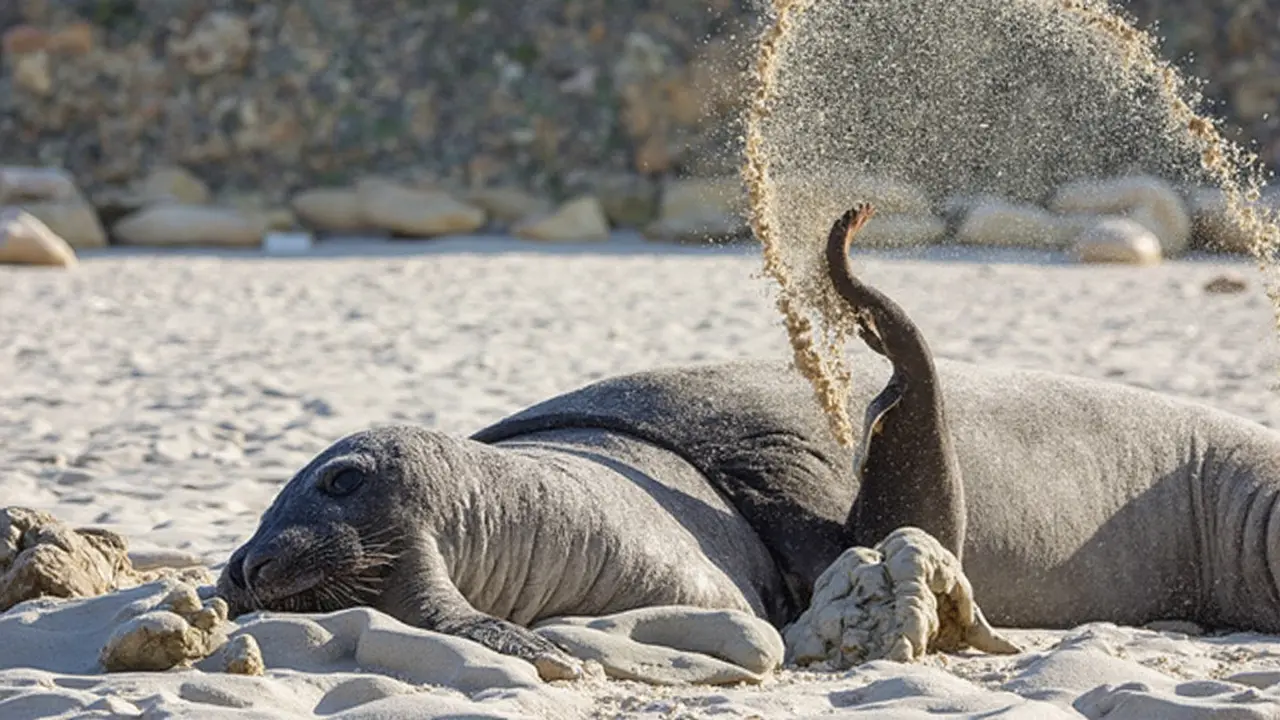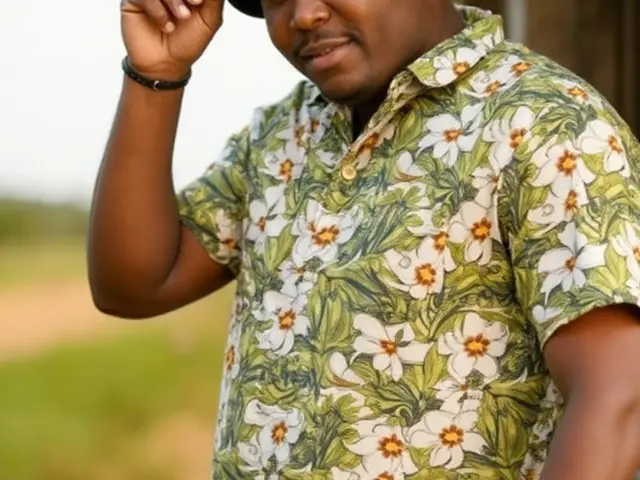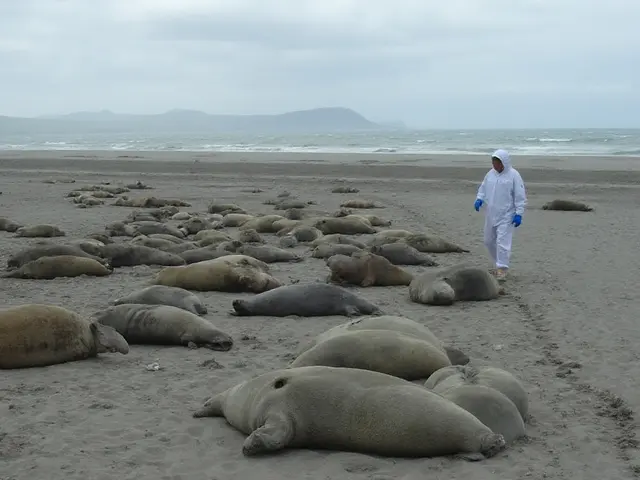Buffel's Annual Return: The Southern Elephant Seal Making Waves in Hermanus
If you spot a massive seal lounging on the sand in Hermanus or Onrus, you’re probably looking at Buffel. This isn’t your average beachgoer – Buffel is a true Southern Elephant Seal celebrity, and he’s captured hearts across South Africa since making his first recorded appearance in 2016.
What makes Buffel so unique? Southern Elephant Seals usually stick to the chilly sub-Antarctic islands thousands of kilometers south of Cape Town, prefers places like remote Marion Island. Yet every year, Buffel turns up on some of the busiest South African beaches – including Hermanus, Onrus, Fish Hoek, and Llandudno. His distinctive scar above the left eye, along with a numbered flipper tag (16577), makes him instantly recognizable. That scar has left him blind on one side, but he still navigates the coastline with ease.
People often wonder: why does Buffel travel so far from his species’ typical range? Some experts think he was born on the South African coast, possibly the result of a mother getting separated from the usual breeding grounds. That local connection could explain why he feels at home stretching out on these warm sands year after year. No one knows for sure, but his repeated visits have certainly shaken up what scientists thought they knew about Southern Elephant Seal movements.

Life on the Beach: The Moult and the Human Fascination
Buffel is here for one reason each season: moulting. For about a month, he sheds his old fur and skin. It’s not exactly a pretty process. He stops hunting, instead living off thick stores of blubber built up out at sea. He might look thin, motionless, or cranky, but this ‘seal couch potato’ behavior is completely normal during moult. Local authorities are quick to add that Buffel isn’t sick or hurt – he’s just doing his thing, and with that impressive bulk, he’s not to be messed with.
The advice for visitors is simple: keep a safe distance. Don’t let your curiosity (or your dog’s curiosity!) get the better of you. Leash up your pets, step back, and use binoculars or cameras zooms. There are real risks to both Buffel and onlookers if his rest gets disturbed, and conservation teams closely monitor his condition from afar.
Buffel’s annual pitstop has evolved into a phenomenon. Families line up to get a look, with children fascinated by this unexpected visitor from the deep south. Those moments watching a real Southern Elephant Seal have turned countless beach days into impromptu biology lessons. You’ll catch conversations about blubber, migration, and even the perils facing these IUCN-listed creatures in a changing climate.
For scientists and marine conservationists, Buffel is more than a spectacle – he’s a mystery, a study subject, and a signal that animal habitats and behaviors are constantly surprising us. Each visit offers a treasure trove of information about a species that usually keeps to the icy wilds, out of human view. If you’re lucky enough to catch Buffel sunbathing, you’re witnessing a rare story playing out right on South Africa’s shoreline.









